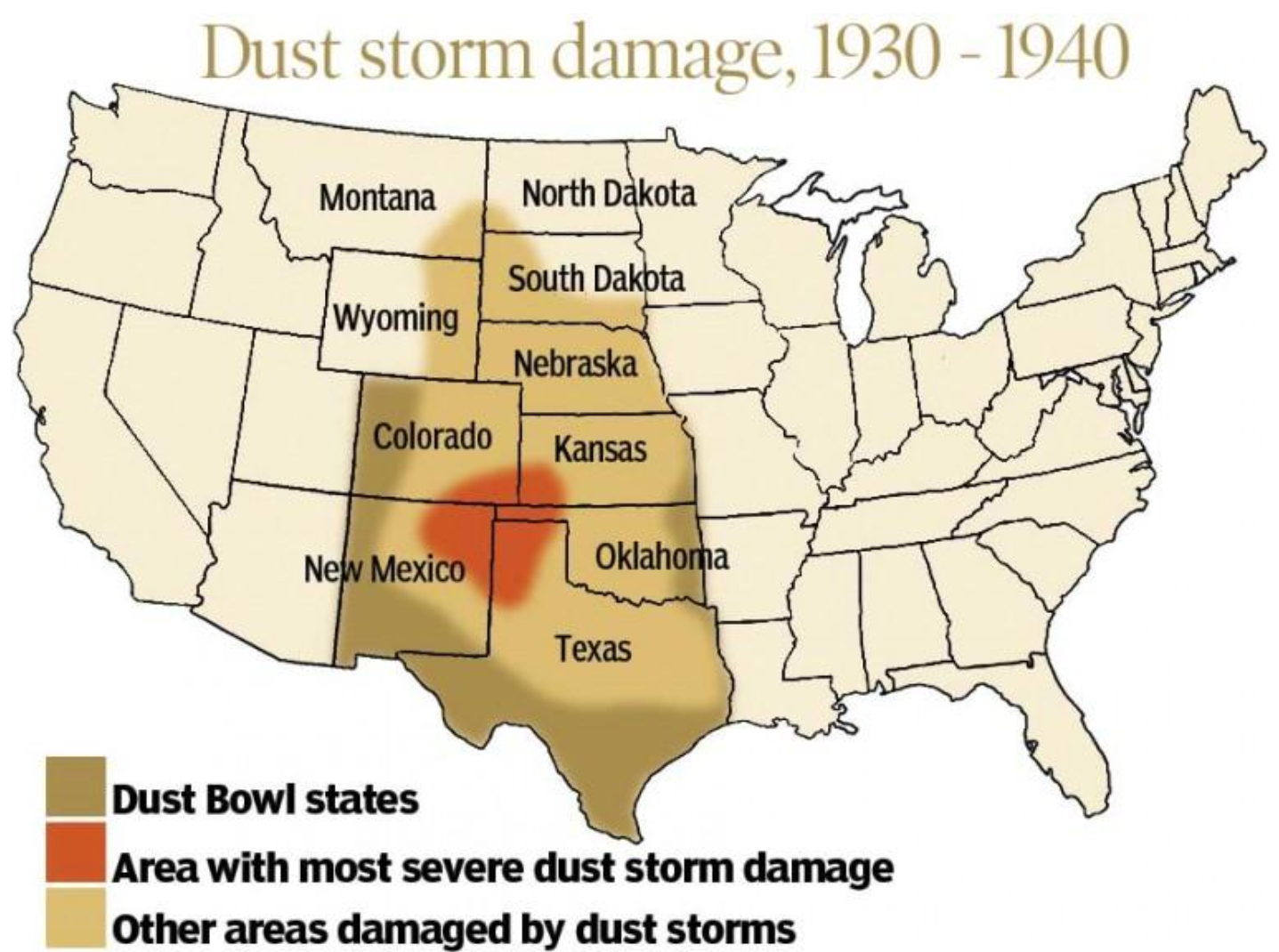Answer one or more of the following:
- What different or complementary image of New England (from Hawthorne's in "Young Goodman Brown") is projected in this essay?
- Is there a thought on race and ethnicity embedded in Thoreau's essay? How might one interpret it?
- Choose a striking passage that you might relate with concepts of cultural geography or of Nature writing discussed in class, and comment on it.



1) "I believe in the forest, and in the meadow, and in the night in which the corn grows" (Thoreau) vs "It was now deep dusk in the forest, and deepest in that part of it where these two were journeying" (Hawthorne): these two sentences highlight a contrasting vision of nature, in particularly of the forest. On the one hand, Thoreau looks at the forest as a positive element and something he trusts in, while, on the other hand, the forest is an obscure place which leads to sin, towards the Devil and the hell. New England can show different faces of Puritanism, connected to Nature and beliefs. In contrast to the rigorous Puritan attitude of self-discipline and obedience to religious norms, D. T. Thoreau was more inclined to leading a simple life, in contact with nature, through introspection and individual freedom. As far as Hawthorne is concerned, although he was not a Puritan in the strict sense of the term, his works reflect the struggle between his Puritan roots and the more modern context in which he lived.
ReplyDelete2) In these excerpts we can find the following thought by Thoreau: "A tanned skin is something more than respectable, and perhaps olive is a fitter color than white for a man - a denizen of the woods. 'The pale white man!' I do not wonder that the African pitied him".
ReplyDeleteWith this, the author is attributing more value to those who do not live in man-made environments, but in natural environments - in this case, Africans that explorers such as Cumming, who is mentioned in the paragraph above the passage, have encountered in their expeditions. This, in the context of the United States, could be extended to Native Americans, who lived differently in comparison to the white European colonizers.
Moreover, by quoting Darwin and writing this segment: "Life consists with wildness. The most alive is the wildest", it becomes clear that Thoreau believes that the connection and experience in the natural world is to be cherished and encouraged, especially with those of his own ethnicity.
There is potentially, one might argue, a thought on race and ethnicity in Thoreau's essay. He sometimes contrasts what he sees as the corrupting influence of civilization with the purity of the “wild", expressing admiration for Indigenous peoples, associating them with having more 'closeness' to nature. He adopts the language that romanticised and paternalized the indigenous communities of America in a way that is racist, but not explicitly so in its view and treatment of the 'non-white' communities of America. One might argue Thoreau sees them as more 'simple', and 'humble than the Europeans who represent the industrialised society of the European continent.
ReplyDelete“Eastward I go only by force, but westward I go free": Thoreau romanticises the West as a symbol of freedom and untamed nature, which is tied to the broader American ideology of Manifest Destiny. While he does not explicitly endorse expansionist policies, his rhetoric aligns with a vision of the West as a place of renewal for Euro-Americans, largely overlooking the violent displacement of Indigenous peoples.
1. In David Thoreau's essay represent a different as well as a complematary image of New England compared to Nathaniel Hawthorne's portrayal in "Young Goodman Brown."
ReplyDeleteIn "Walking," Thoreau emphasizes the wilderness of New England as a source of inspiration, freedom, and spiritual connection. He sees walking as a way of communion with nature, where one can escape from of society and its expectations, and reconnect with the essence of the earth. This paints New England as a place where nature continues to grow in its simplest and natural form. This has contrast to the shadowy forests represented in "Youngman Brown" as a setting for weakness and sin.
One the other hand, Thoreau's vision also complements Hawthorne's by offering a more hopeful perspective on nature. While Hawthorne explores the moral struggles within the Puritan context of New England, Thoreau celebrates the region's potential to provide enlightenment through its natural landscapes. Together, these works create two complentary images of New England: one that acknowledges its moral complexities and the other its beauty and its capacity connecting with human kind.